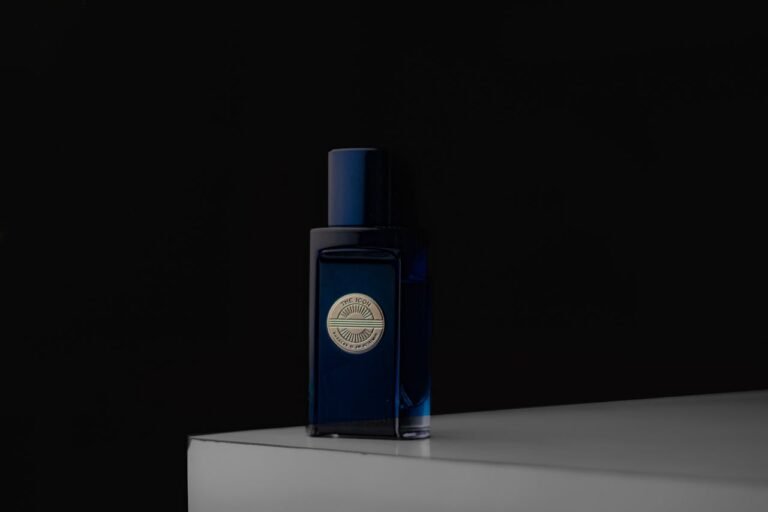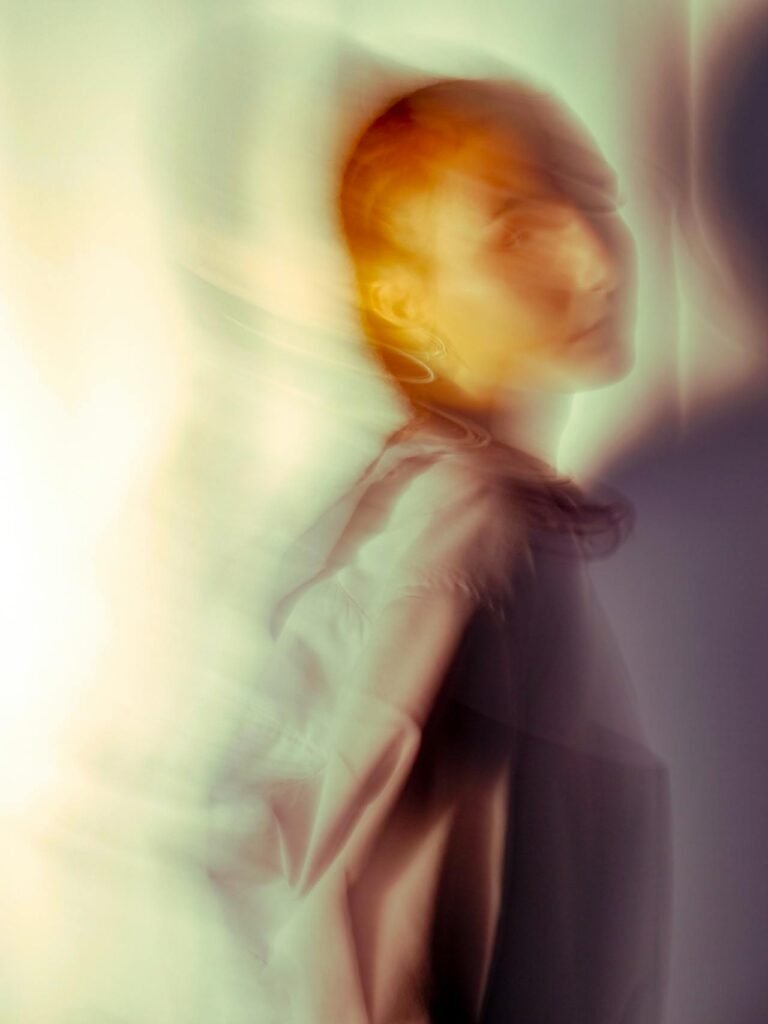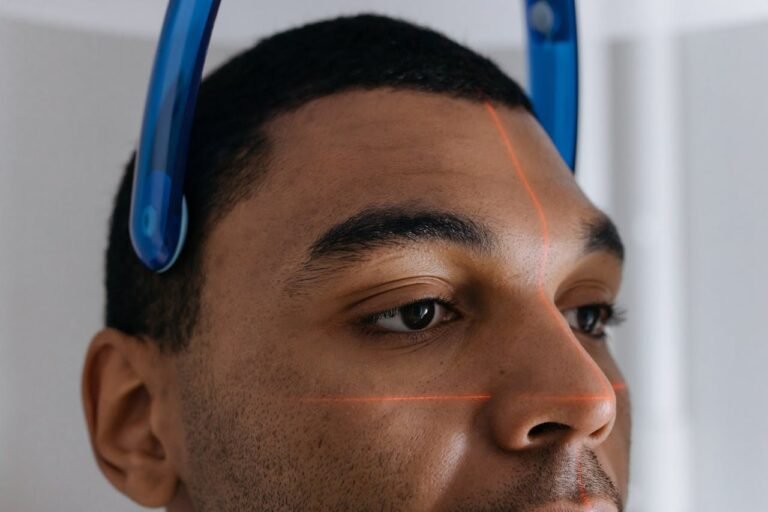5 Flip-Image Techniques to Add Dynamic Perspective
In the digital design and photography, sometimes the smallest edits create the most striking transformations. One such subtle yet powerful trick is flipping an image. A simple horizontal or vertical flip can completely change the mood, flow, and perspective of a picture—often without altering any other aspect of it.

Flipping images is not just about making a mirror copy. It’s about playing with composition, balance, visual storytelling, and audience perception. Whether you’re designing social media content, editing product shots, or crafting portfolio visuals, flipping can breathe new life into your work.
In this guide, we’ll explore five creative flip-image techniques you can use to add drama, intrigue, and dynamic perspective to your visuals. Plus, we’ll share practical tips, examples, and ideas on when flipping works best—and when to avoid it.
Why Flipping Images is More Than Just a Mirror Effect
Before diving into the techniques, it’s worth understanding why flipping can be so effective:
- Changes Visual Direction – Audiences tend to “read” images from left to right (in cultures with left-to-right reading scripts). A flip can completely change how a viewer’s eyes travel across the frame.
- Corrects Compositional Imbalance – Sometimes an image feels “off” because its weight leans in the wrong direction. Flipping can fix that.
- Boosts Emotional Impact – Flipping can alter the subject’s perceived mood or dominance in the frame.
- Enhances Brand Consistency – In marketing, flipping ensures all visuals follow the same directional flow for banners, layouts, or carousel ads.
Now let’s break down the five powerful flipping techniques you can try today.
1. The Horizontal Story Flip
Horizontal flipping (left-to-right or right-to-left) is the most common technique, but when done intentionally, it becomes a storytelling tool.
When to use it:
- To make your subject face towards key text or design elements in a layout.
- To match the flow of other images in a set or collage.
- To subtly change the mood of a portrait or product shot.
Example:
If you have a portrait of a person looking to the left, flipping them to face right can create a feeling of moving forward or being future-focused. In marketing, this can subconsciously align with progress and positivity.
Pro Tip: Always check for flipped text or recognizable logos in the background before finalizing—nothing screams “lazy edit” more than a backwards brand name.
2. The Vertical Flip for Dreamy Reflections
Vertical flipping can create a surreal, dreamlike effect—especially when combined with blending modes or partial opacity to mimic a reflection.
When to use it:
- To simulate water reflections in outdoor photography.
- For surreal edits in fashion or creative art.
- To create symmetry for album covers, posters, or digital banners.
Example:
Imagine a photo of a lone tree against a bright sky. By vertically flipping it and fading the lower half, you can create the illusion of a mirrored lake without ever leaving your editing software.
Pro Tip: Use gradient masks when blending to make the “reflection” fade naturally—harsh edges can break the illusion.
3. The Split-Flip Composition
This advanced method involves flipping only part of the image while keeping the rest unchanged. This works beautifully for collages, surreal edits, and digital art pieces.
When to use it:
- To create duality or contrast in a single frame.
- For before/after comparisons in product photography.
- To make “mirror universe” creative effects.
Example:
In a fashion shoot, you might flip only the right side of a model’s face, creating a symmetrical—but slightly uncanny—portrait that grabs attention in an Instagram feed.
Pro Tip: Keep an eye on light direction. If shadows or highlights don’t match after the split flip, the effect can feel awkward instead of artistic.
4. The Motion-Reversal Flip
Flipping isn’t just static—it can enhance motion photography too. Sports, dance, and action shots often carry directional energy. A flip can change that entirely.
When to use it:
- To ensure motion flows toward the center of a layout.
- To create visual harmony in a series of action shots.
- To reverse directional cues for better storytelling.
Example:
If you have two photos in a sports montage—one of a soccer player running left and another running right—flipping one can make them both appear to be running toward the same goal.
Pro Tip: Pay attention to environmental elements like dust trails, water splashes, or wind direction—they may need editing to match the new flip.
5. The Double-Flip Illusion
Sometimes, flipping both horizontally and vertically results in an entirely fresh composition. This is great for abstract art, patterns, and symmetrical photography.
When to use it:
- To generate unique designs from simple shots.
- For kaleidoscopic or mirrored mandala effects.
- To add complexity without additional shooting.
Example:
Take an aerial beach shot and flip it twice—top-to-bottom, then left-to-right. Suddenly, you have a perfectly symmetrical, abstract pattern that can be used as a background, texture, or wall art.
Pro Tip: This works best on images with minimal text or recognizable subjects—it’s all about shapes and tones, not storytelling.
Common Mistakes to Avoid When Flipping Images
Even though flipping is simple in theory, it’s easy to make rookie mistakes:
- Forgetting to Check Text – Reversed signage, book covers, or clothing labels can ruin an edit.
- Messing Up Lighting Consistency – Shadows and light sources must match the rest of your project.
- Overusing the Effect – Flipping loses its punch if every single image in your feed uses it.
- Ignoring Cultural Reading Direction – In left-to-right cultures, flipping so subjects face away from text can hurt engagement.
Flipping Tools & Software You Can Use
Whether you’re working on a phone or desktop, flipping is just a few clicks away. Popular tools include:
- Pixfav Flip Tool – Fast, free, and perfect for web-based edits.
- Photoshop – Offers both free transform flips and layer-specific flips.
- Canva – Beginner-friendly, drag-and-drop interface with quick flip options.
- GIMP – Open-source, feature-rich alternative to Photoshop.
- Lightroom – Great for maintaining batch consistency across multiple images.
Related Items Table
| Technique | Best For | Difficulty Level | Ideal Tools |
|---|---|---|---|
| Horizontal Story Flip | Portraits, marketing | Easy | Pixfav, Photoshop |
| Vertical Reflection Flip | Nature, surreal edits | Medium | Photoshop, Canva |
| Split-Flip Composition | Artistic edits | Medium-High | Photoshop, GIMP |
| Motion-Reversal Flip | Sports, action shots | Medium | Lightroom, Photoshop |
| Double-Flip Illusion | Abstract patterns | Easy-Medium | Pixfav, GIMP |
FAQs
Q1: Does flipping reduce image quality?
No—flipping is a transformation, not a compression. Your quality will remain the same unless you export at lower resolution.
Q2: Can flipping affect emotional impact?
Absolutely. Directional flow in photography strongly influences viewer perception and mood.
Q3: Should I flip product photos for e-commerce?
Yes, if it improves layout flow—but be careful with logos and text.
Q4: How do I flip only part of an image?
Use layer masks in Photoshop or GIMP to isolate the section you want to flip.
Q5: Can flipping help with asymmetry in portraits?
Yes, but do it subtly—perfect symmetry can sometimes look unnatural.
Conclusion
Flipping images may seem like a basic tool in your editing arsenal, but when applied strategically, it’s a powerful way to alter perspective, guide attention, and enhance storytelling. Whether you’re flipping horizontally for better composition, vertically for dreamy reflections, or experimenting with partial flips for surreal effects, the possibilities are endless.
So next time your photo feels a little “off,” try a flip before jumping into heavy edits—you might discover that all it needed was a fresh perspective.






